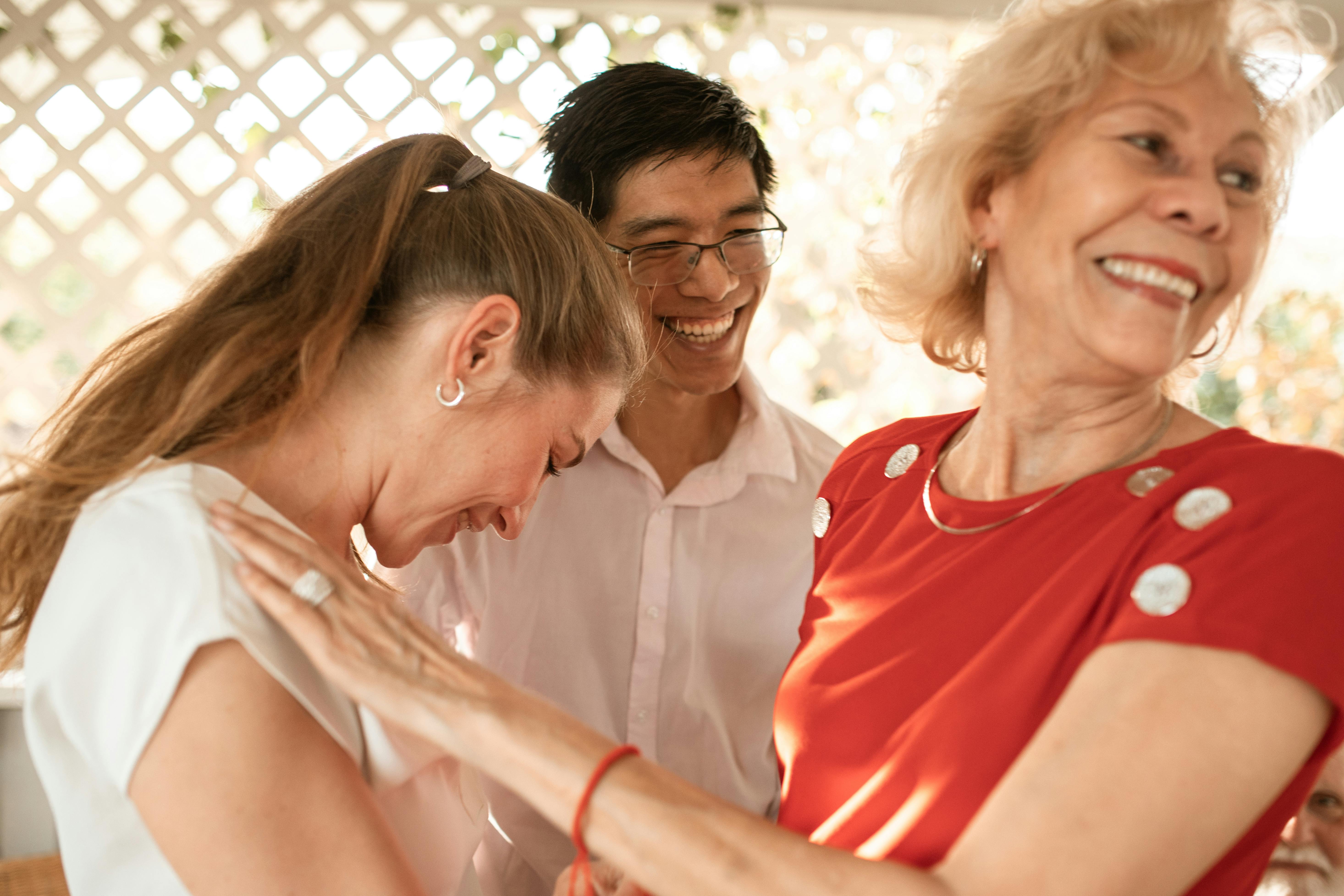
Control and prevention of candidiasis in babies
Baby thrush (baby yeast infection) is usually without consequences, although its symptoms can be very uncomfortable for the baby in question. It is a type of yeast infection that is mainly found in babies of two months or even less. However, older children can also be affected.
Candidiasis in babies does not have many symptoms. Thrush in an infant usually presents as a white or gray coagulation covering the tongue and oral mucosal surfaces. Behavior is where the first and most obvious signs of childhood yeast infection are found. Also, for a baby in this case, the pacifier is likely to be spit out. A baby with this infection may change and be irritable, frustrated and upset, especially when nursing.
The different yeast pathogens are usually present in everyone’s body in small doses, while yeast can reproduce very quickly in an infected body. For example, up to one woman in five when pregnant may suffer from excessive yeast production. During pregnancy or at the time of delivery, through the birth canal, women with this condition can transmit the infection to their baby. Babies often have a weak immune system; They may be affected by this condition due to these triggering aspects.
Babies can also get infected with fungus due to the following conditions:
1. Antibiotic treatment. Antibiotics interfere with the function of the immune system and encourage the overgrowth of candida.
2. The use of dirty bottles or pacifiers.
3. Breastfeeding when the mother has candidiasis.
4. Hot or humid weather.
For starters, childhood yeast infection is usually harmless. However, poor diet and poor hydration are side effects that can be cause for concern. In the early phase of the infection, notable side effects are usually discomfort and problems with the baby sucking or swallowing. In advanced stages, yeast infection in babies can continue through the digestive system and cause diaper rash. More than this, the complications associated with baby thrush can lead to high fever and therefore immediate medical attention.
Mutual infection by breastfeeding mother and her baby is another problem that is also related to baby thrush. This can be very painful for the mother and weaning too early is often the result.
Thrush in babies will often clear up on its own without the need for additional medical measures. However, if the pain and poor feeding are the result of baby’s thrush, parents are advised to consult a pediatrician for the right solution.
In any case, a holistic/alternative treatment for candidiasis is strongly indicated in the case of a recurrent infection. In the general case, prevention is better than cure for thrush in babies. Some lactation specialists recommend keeping the nipples rinsed and dry at all times, as yeast favors moisture, and in particular, rinsing the nipples before nursing. Many doctors and paraprofessionals recommend sterilizing the pacifier and bottle nipple before use.
For babies, modest amounts of gluten-free grains such as amaranth and quinoa can be given. Other than that, I recommend eliminating yeast-inducing foods from your baby’s eating plan (for example, eliminate all refined carbohydrates and gluten-containing grains).
It’s also a good idea to reduce or eliminate red meat, canned and canned foods, fruits (other than blueberries, lemons, and limes), mold-friendly vegetables like corn, yeast-rich foods like mushrooms and vinegar (apple cider vinegar excepted), dairy products (particularly cow’s milk; however, goat’s and sheep’s milk can be given in moderation), caffeine, and egg white.
Feeding your children anti-Candida and cleansing foods, while simultaneously supplementing their intake with immune-boosting vitamins and minerals, including a daily dose of probiotics, is my second recommendation.
Considerable positive change in your baby’s yeast infection condition can be achieved simply by these actions alone.